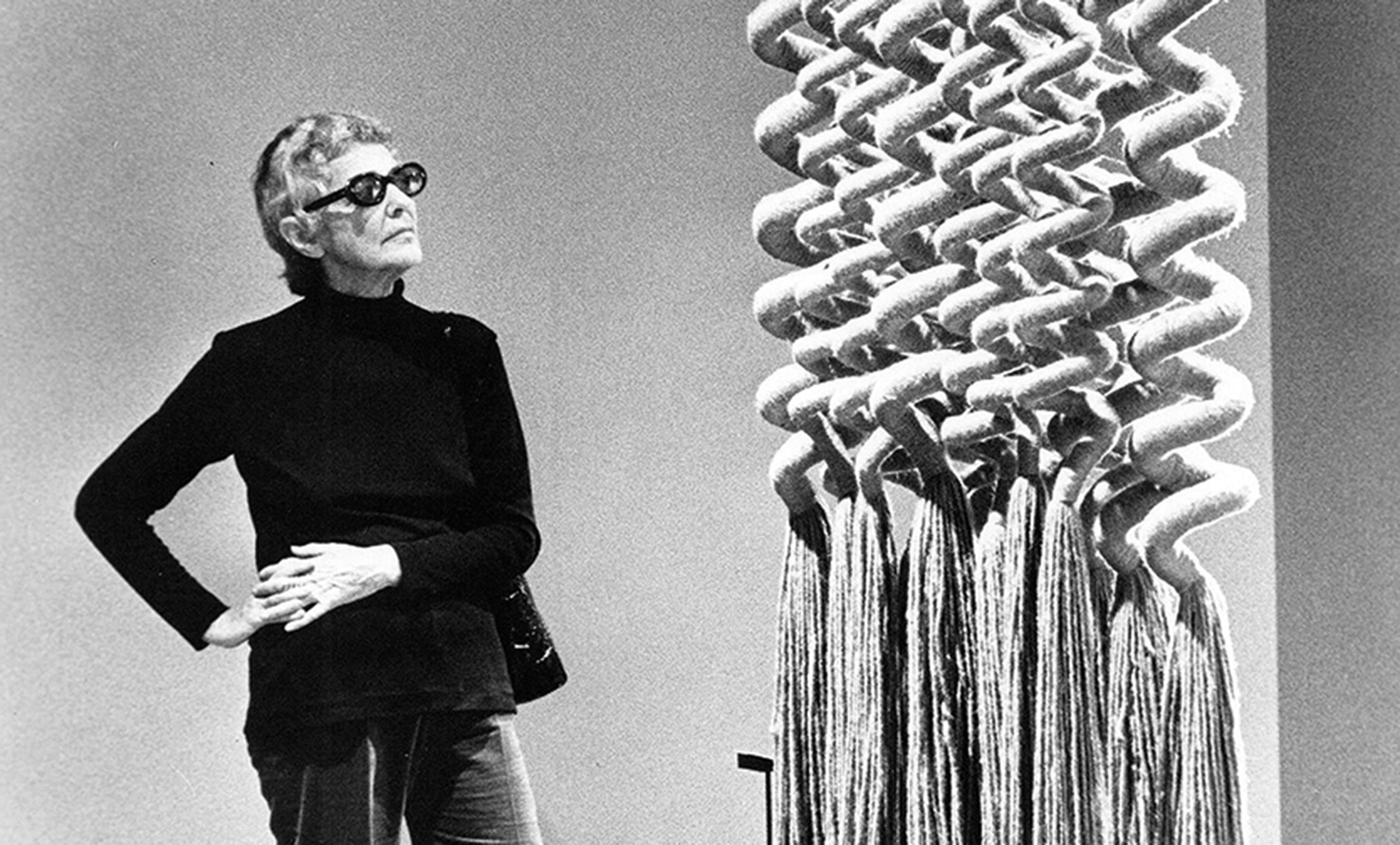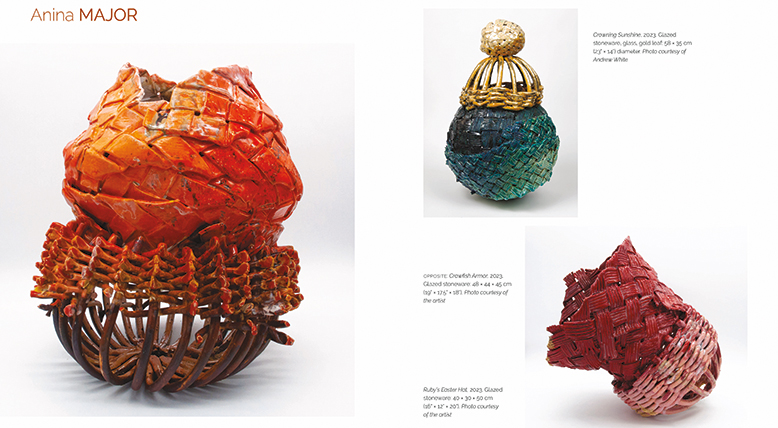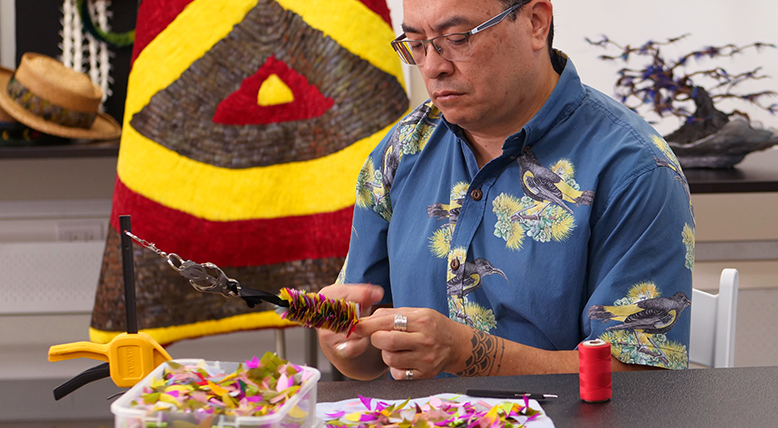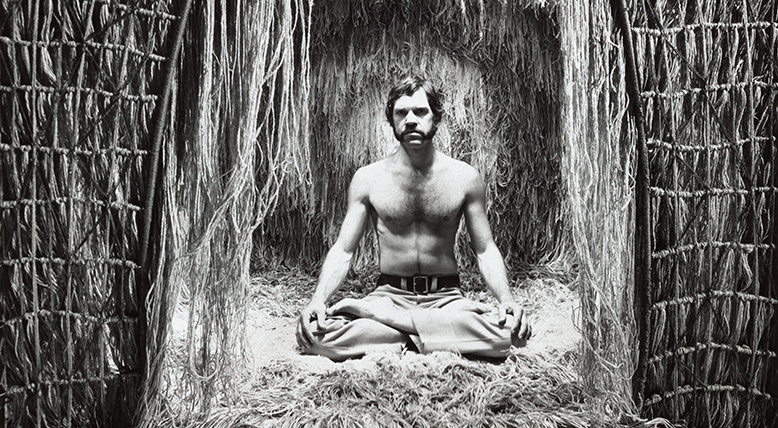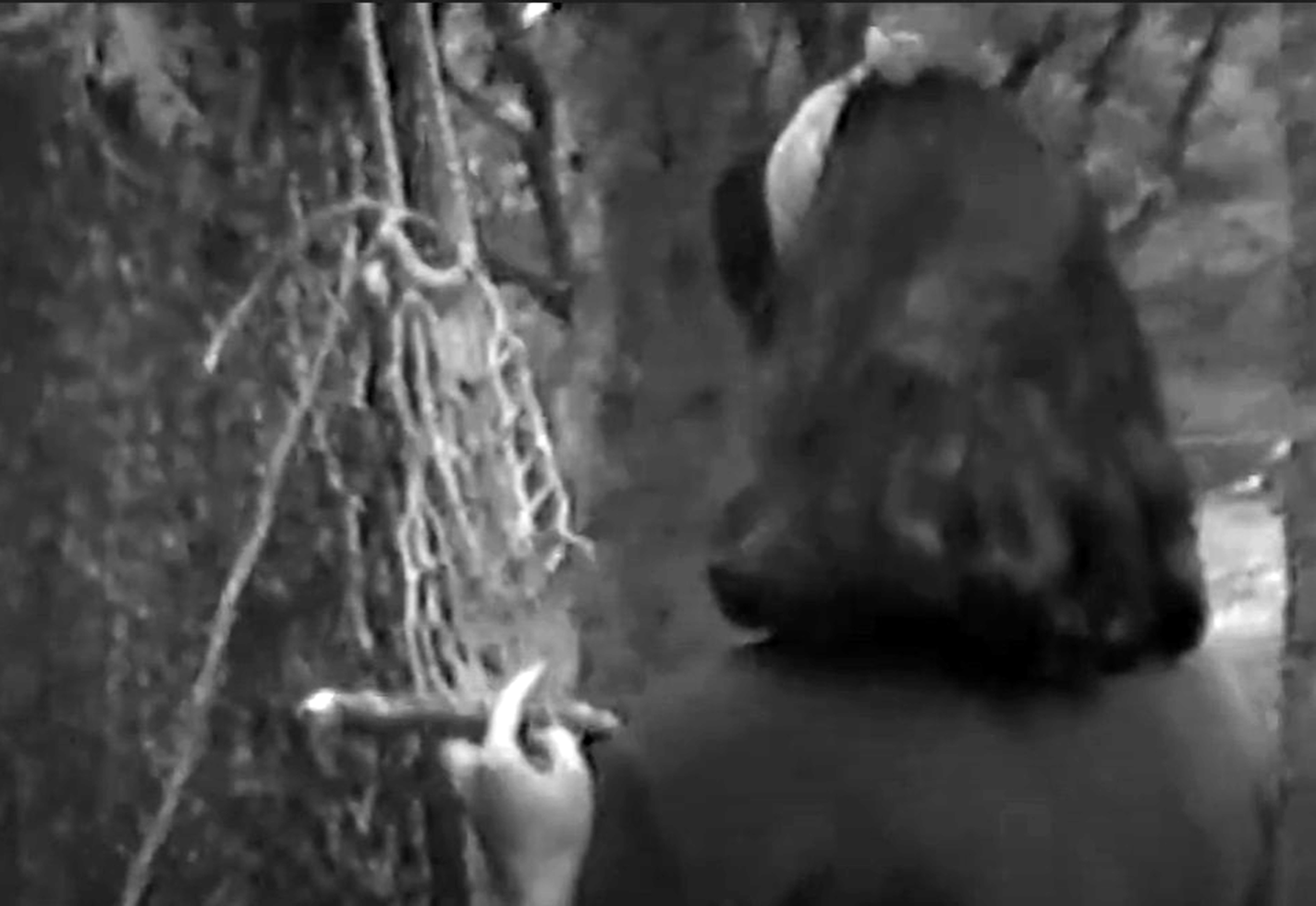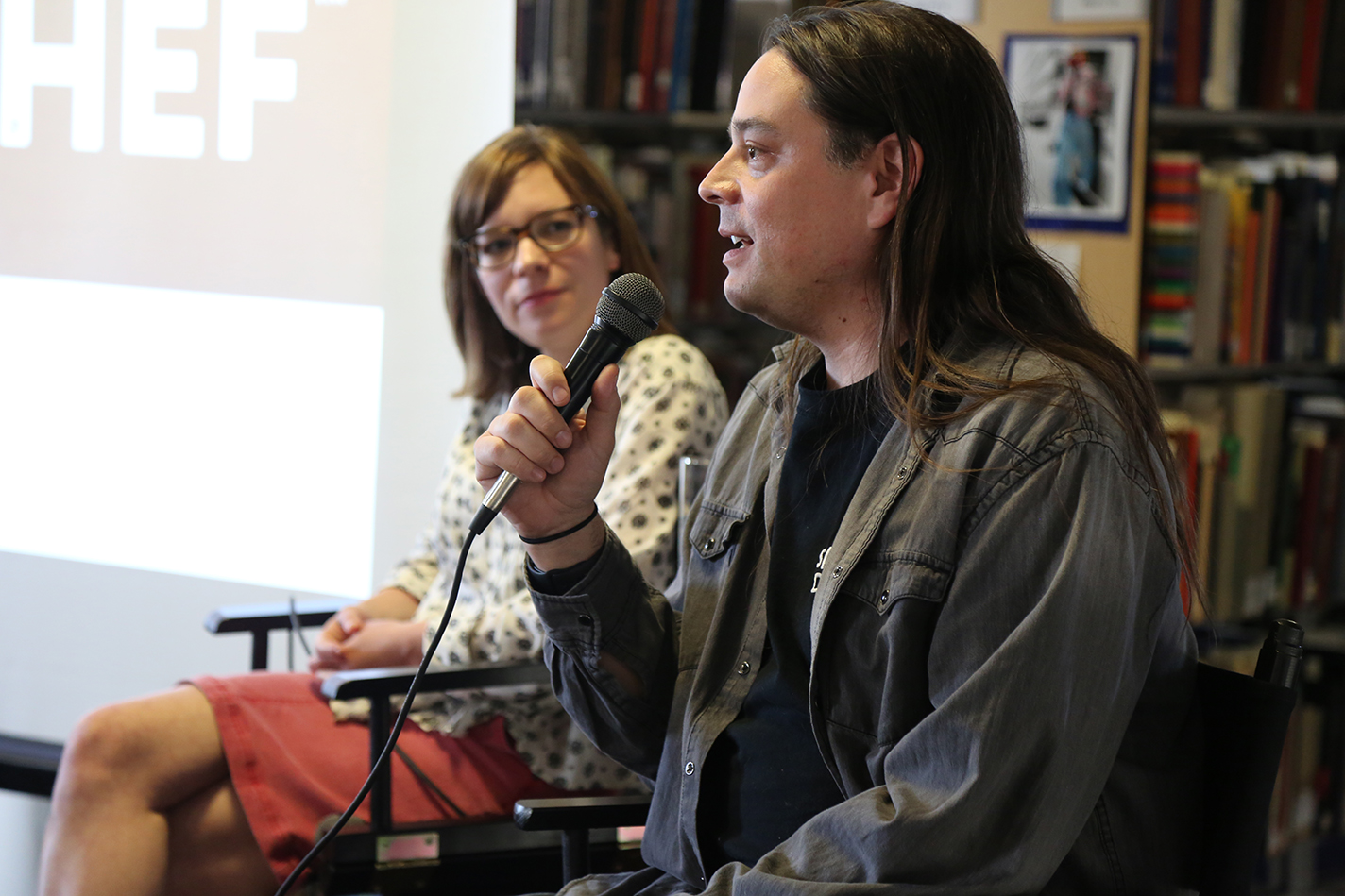Within the realm of contemporary art, weaving is having a moment. Several exhibitions, such as the Metropolitan Museum of Art’s recent Weaving Abstraction in Ancient and Modern Art, the National Gallery of Art’s Woven Histories: Textiles and Modern Abstraction, and the currently running Subversive, Skilled, Sublime: Fiber Art by Women at the Smithsonian American Art Museum, place textile arts and weaving firmly in the realm of fine art.
A shift in the approach to handweaving began with the industrial age. Later weavers who were trained at the German Bauhaus, such as Anni Albers, were instilled with a sense of freedom to experiment with the qualities of different materials. By midcentury, power weaving took over the production of fabric for interiors and furniture, which afforded weavers an option to design textiles for production or to produce work for nonutilitarian purposes.
Long dismissed in the Western art canon as “domestic arts,” woven works came to be recognized as aesthetic objects in the 1960s. The Museum of Contemporary Crafts (now the Museum of Arts and Design in New York City), which was founded by the precursor to the American Craft Council, mounted the exhibition Woven Forms in 1963. It featured the work of Alice Adams, Sheila Hicks, Lenore Tawney, Dorian Zachai, and Claire Zeisler, who created pieces on the loom that were not shaped by the loom. In 1969 the Museum of Modern Art presented the seminal fiber art exhibition Wall Hangings that viewed the works “within the context of twentieth-century art.” And in 1972 the Museum of Contemporary Crafts pushed their explorations further in Sculpture in Fiber, examining structural works created off the loom by such artists as Françoise Grossen, Ferne Jacobs, Ed Rossbach, Neda Al-Hilali, Barbara Shawcroft, Zeisler, and others.
Fifty years later, weaving is still celebrated for its power as an art form. There are plenty of resources to explore, both contemporary and historical. A published catalog of the National Gallery’s Woven Histories is available from the University of Chicago Press. Fine examples of abstract weaving can also be found in Fiber Art Now magazine, and Australia’s Textile Fibre Forum showcases particularly exciting and innovative examples of textile arts.
For historical perspectives on abstract weaving, you can find an interview with French-American artist Louise Bourgeois, where she expresses her views of MoMA’s Wall Hangings, and poet and writer Rose Slivka’s take on Woven Forms in our digitized issues of Craft Horizons (which is now American Craft).
More on New Weaving
To read more on this topic, check out these Craft Horizons articles in our digital collection:
“The New Tapestry” by Rose Slivka
“The New Weaving” by Jack Lenor Larsen
“The Fabric of Construction” by Louise Bourgeois
“When Will Weaving Be an Art Form?” by Virginia Hoffman

The 1963 exhibition Woven Forms at the Museum of Contemporary Crafts included works by fiber artist Lenore Tawney.
